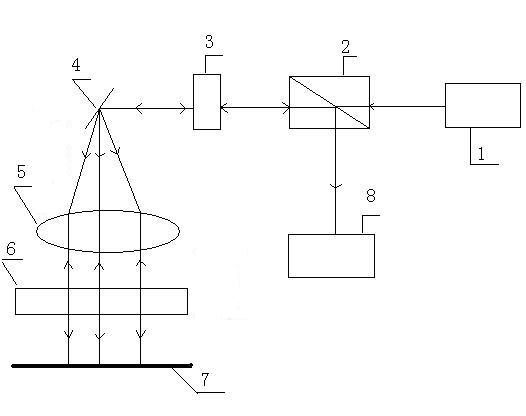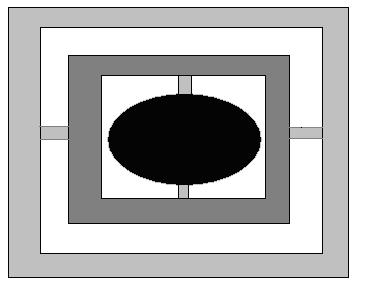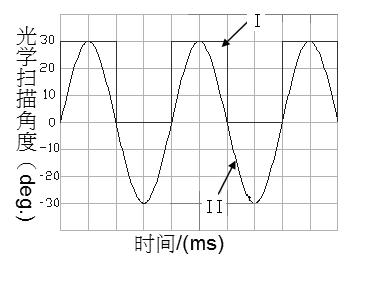Biaxial MEMS reflective galvanometer and F-Theta lens-based linear scanning system used for laser heterodyne interferometer
A technology of laser heterodyne interference and linear scanning, which is applied in the field of scanning systems, can solve problems such as single wavelength and inability to realize linear and uniform scanning, and achieve the effect of improving the accuracy of lateral resolution
- Summary
- Abstract
- Description
- Claims
- Application Information
AI Technical Summary
Problems solved by technology
Method used
Image
Examples
specific Embodiment approach 1
[0011] Specific implementation mode one: according to the instructions attached figure 1 and 2 Specifically illustrate this embodiment, a linear scanning system based on a dual-axis MEMS reflective mirror and an F-Theta lens applied to a laser heterodyne interferometer described in this embodiment, the scanning system includes Laser 1, polarization beam splitting prism 2, 1 / 4 wave plate 3, biaxial MEMS mirror 4, three-piece F-Theta lens group 5, high reflection mirror 6 and photodetector 7, the high reflection mirror 6 The reflectance is 96%~100%, and the biaxial MEMS mirror 4 is located at the focal length of the system of the three-piece F-Theta lens group 5,
[0012] said The output wavelength of laser 1 is The linearly polarized light is sent to a signal receiving end of the polarizing beam splitting prism 2, and the polarizing beam splitting prism 2 transmits the accepted linearly polarized light to output, and the linearly polarized light transmitted through the po...
specific Embodiment approach 2
[0013] Specific implementation mode two: this implementation mode is a further description of specific implementation mode one, in specific implementation mode one The output wavelength of laser 1 is The laser beam diameter of the linearly polarized light is , the area of the effective reflection unit of the dual-axis MEMS mirror 4 is .
specific Embodiment approach 3
[0014] Specific implementation mode three: according to the instructions attached Figure 7 Describe this embodiment in detail. This embodiment is a further description of Embodiment 1 or 2. In the linear scanning system described in Embodiment 1 or 2, the three-piece F-Theta lens group 5 consists of three coaxially arranged The three lenses are composed of lenses, and the three lenses are sequentially: the first lens 5-1 made of SF11, the second lens 5-2 made of SF11, and the third lens 5-3 made of BK7. The system focal length of formula F-Theta lens group 5 is 430mm, and its cylinder length is 280mm, and its front working distance is 242.24mm, and its back working distance is 328.50mm, and described front working distance is the effective of biaxial MEMS mirror 4 The distance between the reflection unit and the first lens 5-1 made of SF11, the rear working distance is the distance between the third lens 5-3 made of BK7 and the object U to be scanned.
PUM
 Login to View More
Login to View More Abstract
Description
Claims
Application Information
 Login to View More
Login to View More - R&D
- Intellectual Property
- Life Sciences
- Materials
- Tech Scout
- Unparalleled Data Quality
- Higher Quality Content
- 60% Fewer Hallucinations
Browse by: Latest US Patents, China's latest patents, Technical Efficacy Thesaurus, Application Domain, Technology Topic, Popular Technical Reports.
© 2025 PatSnap. All rights reserved.Legal|Privacy policy|Modern Slavery Act Transparency Statement|Sitemap|About US| Contact US: help@patsnap.com



